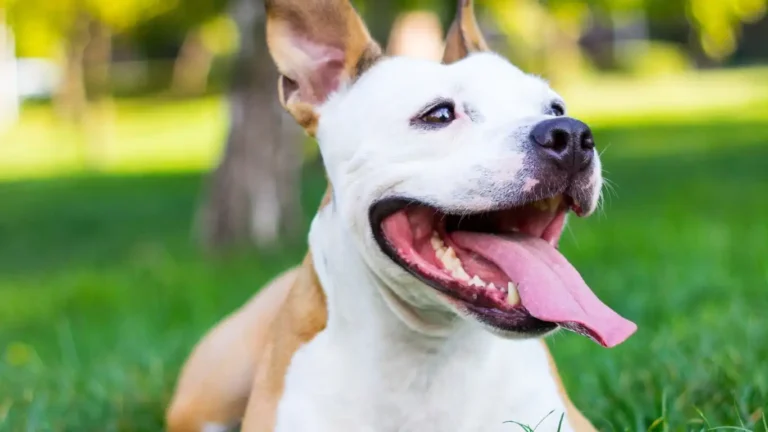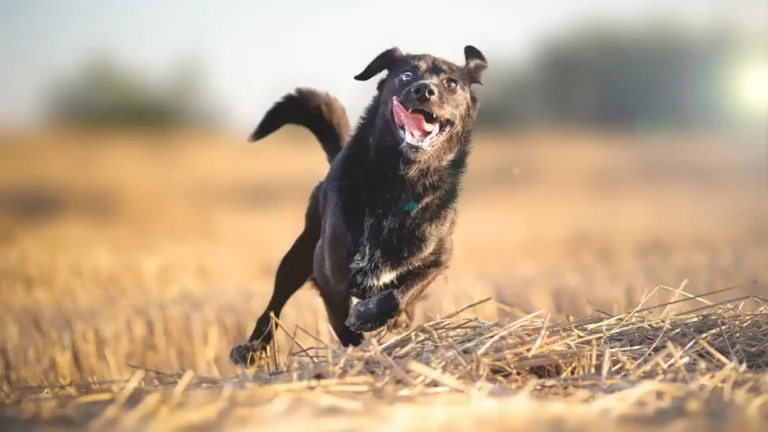Best DIY Homemade Dog Shampoo for a Fresh, Healthy Coat!
Have you ever checked the ingredient list on store-bought dog shampoos? Some of those names sound like they belong in a science lab rather than on your pup’s skin. If you’re wondering how to make homemade dog shampoo, you’re in the right place! As a pet nutritionist and pet care expert, I’ve worked with countless dog owners who struggle with skin allergies, dryness, or irritation caused by commercial shampoos. The good news? Making your own dog shampoo is easy, cost-effective, and—best of all—you control exactly what goes into it!
Why Make Your Own Dog Shampoo?

When I worked in a veterinary clinic, I saw so many dogs suffering from skin issues that were worsened by harsh shampoos. That’s when I started recommending homemade alternatives to pet parents. Here’s why DIY dog shampoo is a game-changer:
- Safer Ingredients: No artificial fragrances, sulfates, or chemicals that can irritate your dog’s skin.
- Customizable: Whether your pup has dry, itchy skin or a flea problem, you can tailor ingredients to meet their needs.
- More Affordable: Making your own shampoo is often cheaper than buying premium pet shampoos.
- Eco-Friendly: Say goodbye to plastic bottles and harmful chemicals washing down the drain.
Understanding Your Dog’s Skin & Coat Needs
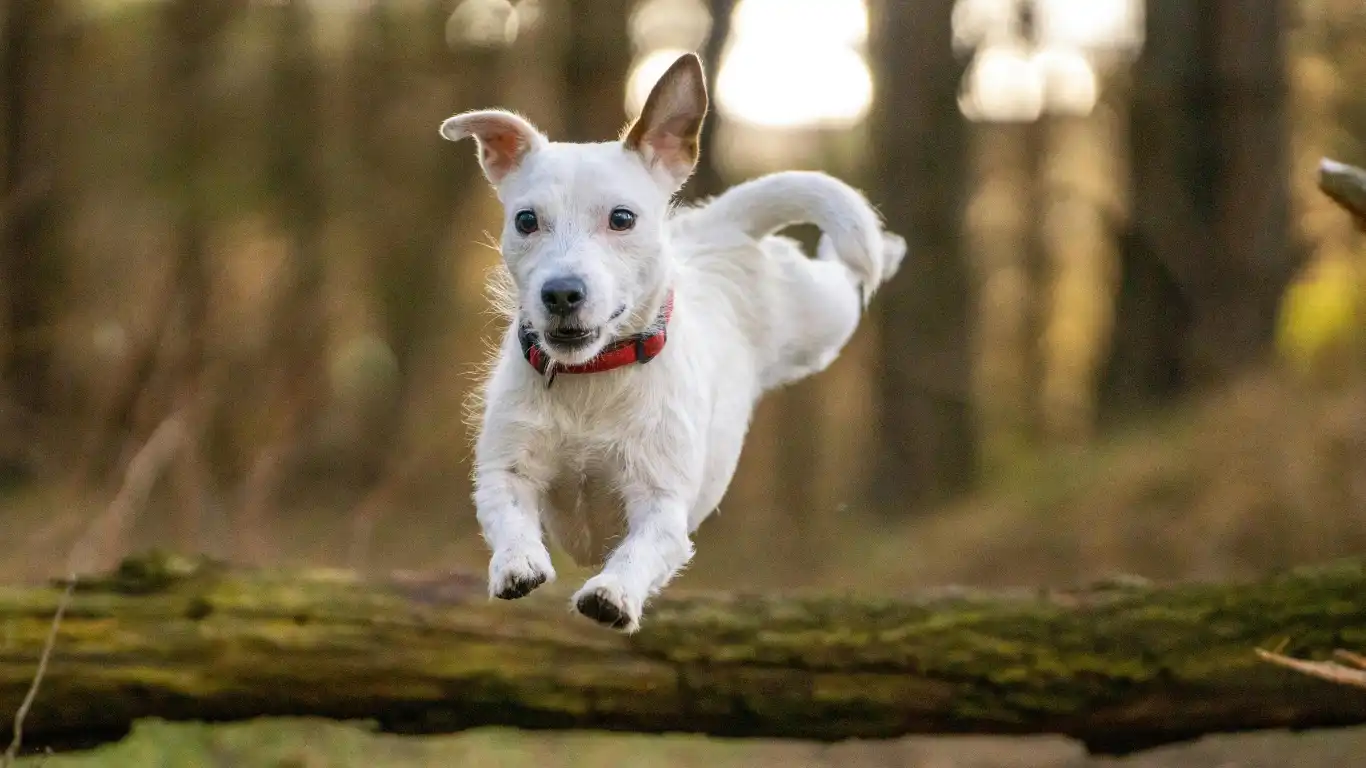
Before we dive into recipes, let’s talk about your pup’s skin. A dog’s skin has a different pH balance than humans, which is why human shampoo is a big no-no. Using the wrong shampoo can strip away natural oils, leading to dryness, itching, and even infections.
pH Levels Matter
Dogs have a skin pH level between 6.5 and 7.5, which is more neutral compared to humans (around 5.5). This means they need gentle, pH-balanced ingredients to keep their coat healthy.
Common Skin Issues in Dogs
Every dog’s skin is different, and some pups are more sensitive than others. Here are some common skin conditions that DIY shampoos can help with:
- Dry & Flaky Skin: Often caused by weather changes, allergies, or frequent bathing.
- Itchy & Irritated Skin: Could be due to fleas, allergies, or reactions to commercial shampoos.
- Oily Coat: Some dogs naturally produce more oil and need a clarifying yet gentle wash.
By choosing the right ingredients, you can address these issues without exposing your dog to unnecessary chemicals.
Essential Ingredients for Homemade Dog Shampoo
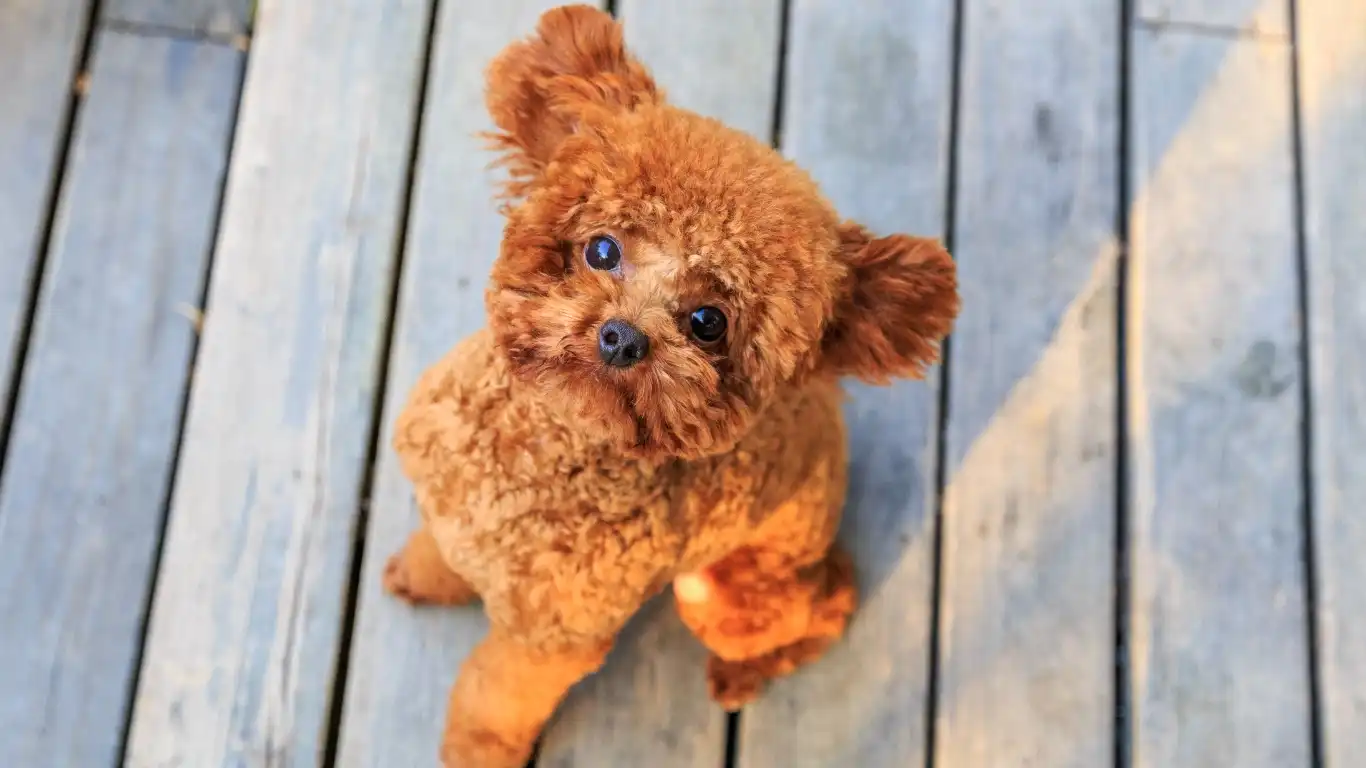
Now for the fun part—let’s break down the key ingredients you’ll need. Think of it like cooking a healthy meal for your dog’s coat!
1. A Gentle Cleansing Base
Every shampoo needs a cleansing agent, but not all are created equal. Skip the sulfates and opt for:
- Castile Soap: A natural, vegetable-based soap that cleans without stripping oils.
- Unscented Baby Shampoo: Mild and safe for dogs with normal skin.
2. Moisturizing Ingredients
To keep your pup’s coat soft and hydrated, add natural moisturizers like:
- Coconut Oil: Hydrates and has antibacterial properties.
- Aloe Vera: Soothes irritation and reduces inflammation.
- Oatmeal: A lifesaver for dogs with itchy or sensitive skin.
3. Natural Deodorizers
Let’s be real—dogs love to roll in smelly things. These ingredients help neutralize odors:
- Baking Soda: Absorbs odors without being too harsh.
- Apple Cider Vinegar: Balances pH and adds shine.
4. Essential Oils (Optional, But Beneficial!)
Not only do essential oils smell amazing, but some have skin-boosting benefits:
- Lavender: Calming and great for irritated skin.
- Peppermint: Helps with fleas (but use sparingly).
- Tea Tree: Natural antiseptic (only a tiny amount, as high concentrations can be toxic!).
Now that we’ve covered the basics, the next step is crafting the perfect DIY dog shampoo recipe tailored to your pup’s needs!
DIY Dog Shampoo Recipes for Different Needs

Now that we’ve covered why homemade dog shampoo is a fantastic option and the essential ingredients, let’s get into the fun part—actually making it! Not all dogs have the same skin type, so I’ve put together a few different recipes tailored to various needs. Whether your pup has sensitive skin, an oily coat, or needs a flea-fighting formula, there’s a DIY option just for them.
1. Gentle Oatmeal Shampoo for Sensitive Skin
If your dog tends to scratch a lot or has red, irritated skin, this ultra-soothing oatmeal-based shampoo is perfect. I used to recommend this one frequently at the vet clinic, especially for dogs with allergies.
What You’ll Need:
- 1 cup ground oatmeal (finely blended into a powder)
- 1/2 cup baking soda
- 4 cups warm water
- 1 teaspoon coconut oil (optional for extra moisture)
Instructions:
- Grind the oatmeal into a fine powder using a blender or food processor.
- Mix the oatmeal powder, baking soda, and warm water in a bowl.
- Stir in the coconut oil if using.
- Apply to your dog’s coat, gently massaging it in, then rinse thoroughly.
This shampoo is super gentle and can be used as often as needed. Plus, oatmeal is a natural skin soother!
2. Deodorizing Shampoo for Stinky Dogs
Let’s be real—some dogs just have a knack for rolling in the worst-smelling things. If your pup comes home smelling like an old sock (or worse), this deodorizing shampoo will help neutralize odors.
What You’ll Need:
- 1/2 cup apple cider vinegar
- 1/2 cup unscented liquid Castile soap
- 1 tablespoon baking soda
- 2 cups warm water
- 2-3 drops lavender essential oil (optional for extra freshness)
Instructions:
- Combine all ingredients in a bowl or squeeze bottle.
- Shake well before each use.
- Apply to your dog’s coat, lather, and rinse thoroughly.
The apple cider vinegar helps remove odor-causing bacteria, while the lavender essential oil leaves your pup smelling fresh and clean.
3. Flea-Repelling Dog Shampoo
Fleas are every dog owner’s nightmare, and I’ve had plenty of clients desperate for a natural solution. This flea-fighting shampoo is an excellent chemical-free alternative.
What You’ll Need:
- 1/2 cup liquid Castile soap
- 1 cup water
- 1/2 cup apple cider vinegar
- 3 drops tea tree oil
- 3 drops peppermint oil
Instructions:
- Mix all ingredients in a bottle and shake well.
- Apply to your dog’s coat, focusing on flea-prone areas (like the neck, belly, and tail base).
- Leave on for 5 minutes before rinsing.
Important: Essential oils can be strong for dogs, so use only the recommended amount and never apply directly to their skin without dilution.
How to Properly Bathe Your Dog

Using the right shampoo is just half the battle—how you bathe your dog makes a huge difference too! I’ve seen plenty of well-meaning pet parents struggle with bath time, so here are some tips to make it a stress-free experience for both you and your pup.
Step 1: Brush Before the Bath
Brushing your dog before the bath helps remove loose fur and tangles. For long-haired dogs, this step is crucial to prevent knots from getting worse when wet.
Step 2: Use Lukewarm Water
Dogs’ skin is more sensitive than ours, so avoid water that’s too hot or too cold. Aim for lukewarm—think baby bath temperature!
Step 3: Start with the Body, Not the Head
Pour water over your dog’s body first, keeping their head dry until the end. This helps prevent shampoo from getting into their eyes and ears.
Step 4: Massage in the Shampoo
Gently work the shampoo into their coat, giving them a nice massage. Trust me, most dogs love this part! Focus on problem areas like the belly, underarms, and tail.
Step 5: Rinse Thoroughly
Leftover shampoo can cause irritation, so rinse well until the water runs clear. If your dog has a thick coat, be extra thorough.
Step 6: Dry Properly
Use a towel to blot excess water, then let your dog shake it off. For long-haired breeds, a blow dryer on a cool setting can help speed up drying.
How Often Should You Bathe Your Dog?

This is a common question I hear from pet owners. The answer? It depends on your dog’s breed, lifestyle, and skin condition.
- Once a month: Ideal for most dogs with normal skin.
- Every 1-2 weeks: Good for dogs with skin allergies or oily coats.
- Only when needed: Dogs with dry skin should be bathed less frequently to avoid stripping natural oils.
If your dog has a medical skin condition, always follow your vet’s recommendations on bathing frequency.
Now that you know how to make homemade dog shampoo and use it the right way, your pup is on their way to having a healthy, happy coat!
Case Studies & Real-Life Examples
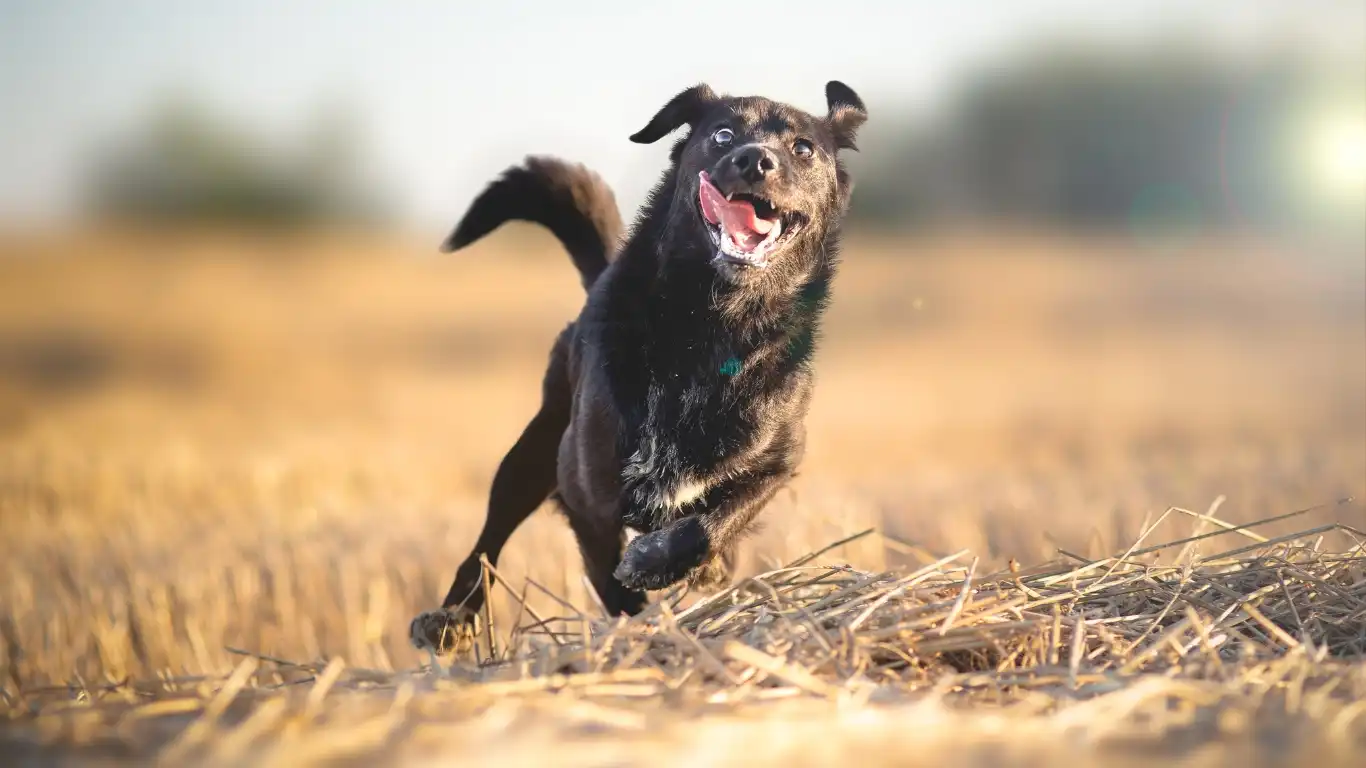
Over the years, I’ve helped countless pet parents switch to homemade dog shampoo, and the results have been incredible. Let me share a few real-life success stories that prove how beneficial DIY dog shampoos can be!
Case Study 1: Bella, The Itchy Golden Retriever
Bella, a sweet golden retriever, came into the vet clinic where I worked, suffering from constant itching and flaky skin. Her owner had tried multiple commercial shampoos, but nothing seemed to help. I suggested switching to the gentle oatmeal shampoo recipe I shared earlier. Within two weeks, Bella’s coat was softer, her itching reduced significantly, and her owner couldn’t believe the difference!
Case Study 2: Max, The Smelly Labrador
Max was a lovable but very stinky Labrador who loved rolling in the mud. His owner was at her wit’s end because no store-bought shampoo could completely eliminate the smell. I recommended the deodorizing shampoo with apple cider vinegar. After just one bath, Max smelled fresh, and his coat had a noticeable shine. His owner now swears by this homemade formula!
Case Study 3: Daisy, The Flea-Prone Terrier
Daisy, a small terrier, had frequent flea infestations. Her owner was hesitant about using strong chemical flea shampoos, so I suggested the flea-repelling shampoo with tea tree and peppermint oil. Not only did it help keep fleas at bay, but Daisy’s coat also became softer and healthier over time.
Key Takeaways: What You Need to Remember

Before we wrap up, let’s go over the most important things to remember when making and using homemade dog shampoo.
- Choose the Right Ingredients: Always tailor the shampoo to your dog’s specific skin and coat needs.
- Avoid Harmful Additives: Stay away from artificial fragrances, sulfates, and human shampoos.
- Test Before Full Use: Apply a small amount first to check for any allergic reactions.
- Rinse Thoroughly: Leftover shampoo can cause skin irritation.
- Bathe as Needed: Don’t over-bathe—too much washing can strip natural oils.
Following these simple guidelines will ensure your pup stays clean, happy, and itch-free!
FAQs
Still have questions? Here are some of the most common ones I get from pet parents:
Can I use human shampoo on my dog?
Nope! Human shampoo has a lower pH level, which can dry out and irritate your dog’s skin. Always use a dog-safe formula.
How long can homemade dog shampoo last?
Most DIY shampoos last about 2-4 weeks if stored in a cool, dark place. If your shampoo contains fresh ingredients like aloe vera, refrigerate it and use it within two weeks.
What if my dog has allergies?
Stick to gentle, hypoallergenic ingredients like oatmeal and aloe vera. Always test a small patch on your dog’s skin before full use.
Are essential oils safe for dogs?
Some are, but use them sparingly and always dilute properly. Avoid tea tree oil for small dogs, and never use essential oils directly on their skin.
Bonus: Additional Resources & DIY Tips
Want to dive deeper into pet care? Here are some additional resources and DIY tips:
- American Kennel Club (AKC) Guide to Dog Grooming
- ASPCA: Safe Pet Grooming Tips
- UC Davis Veterinary Medicine: Skin & Coat Health
And here’s a quick pro tip: If your pup hates bath time, try giving them a lick mat covered in peanut butter while you wash them—it’s a game-changer!
Appendix
Table: Quick Guide to Homemade Dog Shampoos
| Shampoo Type | Best For | Key Ingredients |
|---|---|---|
| Oatmeal Shampoo | Sensitive & Itchy Skin | Oatmeal, baking soda, coconut oil |
| Deodorizing Shampoo | Smelly Dogs | Apple cider vinegar, baking soda, lavender oil |
| Flea-Repelling Shampoo | Dogs with Fleas | Tea tree oil, peppermint oil, Castile soap |
References
- American Veterinary Medical Association
- PetMD: Skin Care for Dogs
- AKC: Bathing Your Dog the Right Way
Disclaimer
This article is for informational purposes only and does not replace professional veterinary advice. Always consult your vet before making significant changes to your pet’s grooming routine.
Final Thoughts & Call to Action
Now that you know how to make homemade dog shampoo, it’s time to give it a try! Not only will your pup benefit from natural, skin-friendly ingredients, but you’ll also save money and avoid unnecessary chemicals.
Have you made your own DIY dog shampoo before? Share your experience in the comments below—I’d love to hear how it worked for your furry friend! And if you found this guide helpful, don’t forget to share it with other dog lovers.



